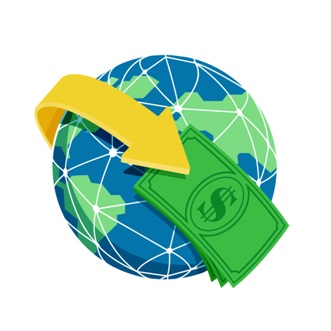Ghana recorded a total of $4.5bn in remittances in 2021, according to the World Bank Migration and Development Brief.
The figure represents a five per cent increase in inflows from the 2020 figure of $3.6 billion, making it the second country in Sub-Saharan Africa with the largest remittances in the year under review.
The report indicated that the remittances constituted 5.9% of the country’s Gross Domestic Product (GDP).
It also ranked Nigeria as the leader in the region, with $19.2bn remittances in 2021.
The report said remittance inflows soared 14.1% to $49 billion in Sub-Saharan Africa during 2021 – more than erasing the falloff of 8.1% recorded in the previous year.
Meanwhile, the report stated that Africa stands as the developing region most exposed to fallout from the Russian invasion of Ukraine, as indirect effects build over time. Most countries — net oil/food importers — are now facing a steep decline in terms of trade, which is increasing deficits and debt, boosting inflation, and cutting into real incomes and growth.
The report said Sub-Saharan Africa remains the costliest developing region to which remittances are sent.
Aggregate regional remittance costs averaged 7.8% during the fourth quarter (Q4) 2021. The average cost of remitting $200 from countries in the least expensive corridors amounted to 3.4% in Q4 2021.
In contrast, costs for the most expensive corridors registered 31.5% during the fourth quarter of 2021, an increase of 12.3% from the year earlier.
Though intraregional migrants in Africa comprise more than 70% of all international migration from or within the region, intraregional remittance costs are quite high due to the small quantities of formal flows and utilisation of black-market exchange rates.
The report said the uncertainty and risks in the outlook for remittances to Africa (2022–23) are exceptionally high against the background of global conditions affected by the Russian invasion of Ukraine.
The key staple commodity for the region – wheat – gained 24% over the course of 2021 – and an additional 22% since the February 2022 invasion.
Higher oil prices is expected to dominate external accounts for the 36 net oil-importing countries of Sub-Saharan Africa, and expectations of deeper current account deficits and worsening debt positions are widespread, the report added.
But unprecedentedly higher wheat prices may be of greater concern, as they will hurt households disproportionately, especially poorer and urban populations.
BY Jamila Akweley Okertchiri


